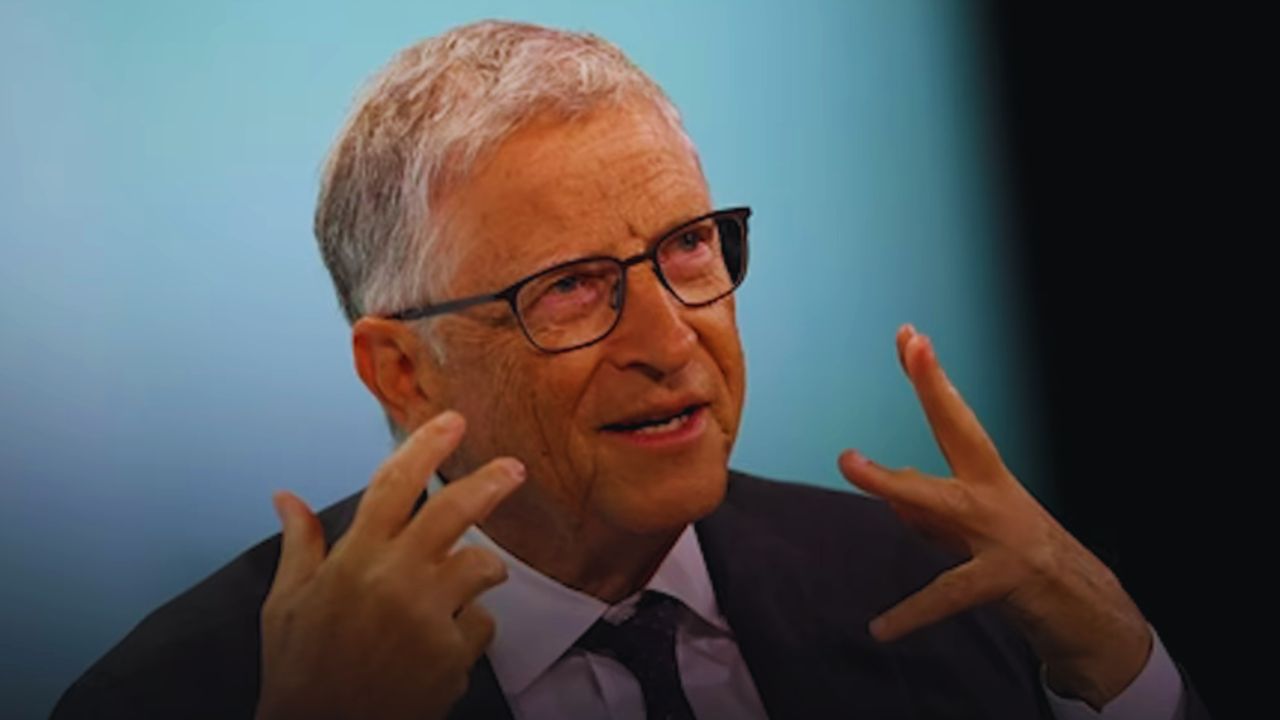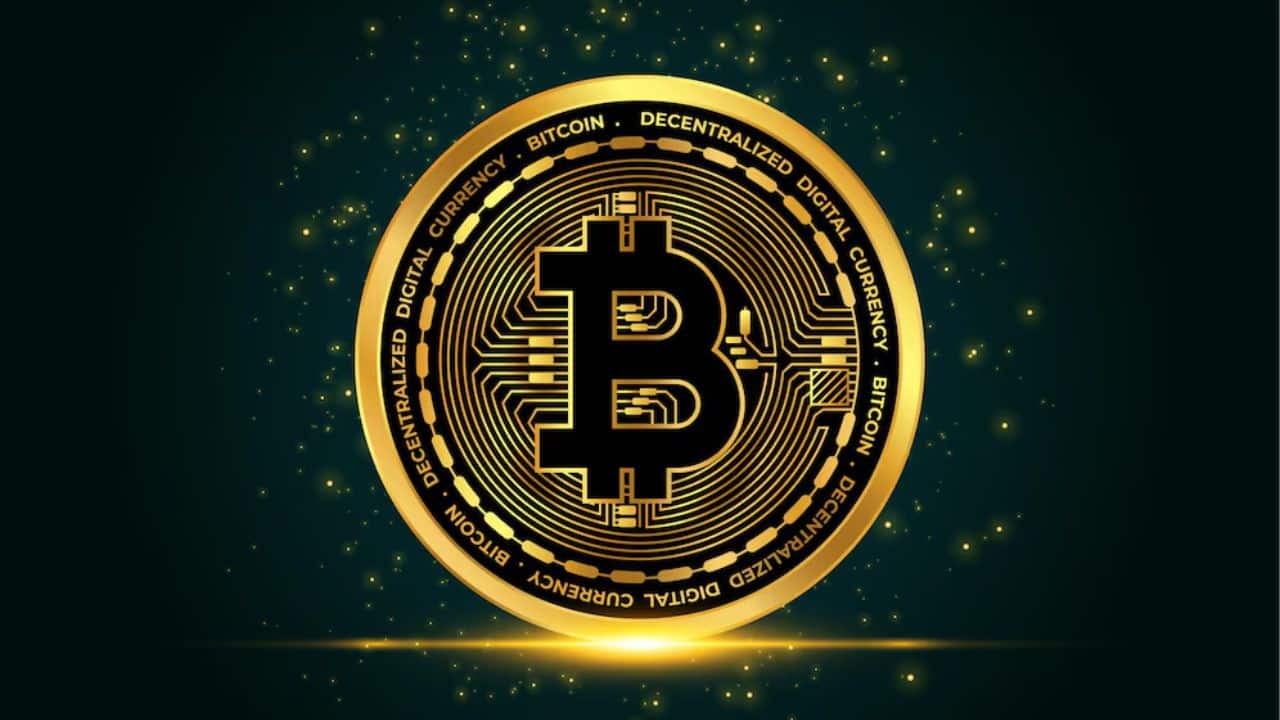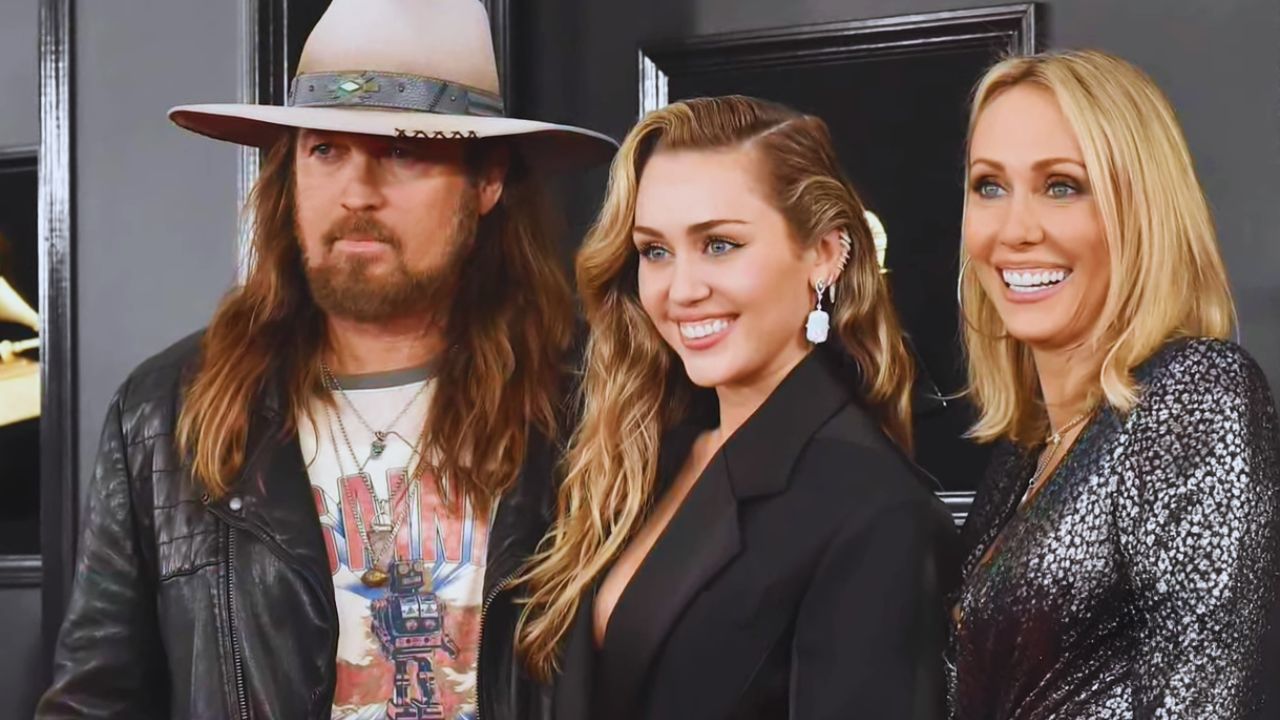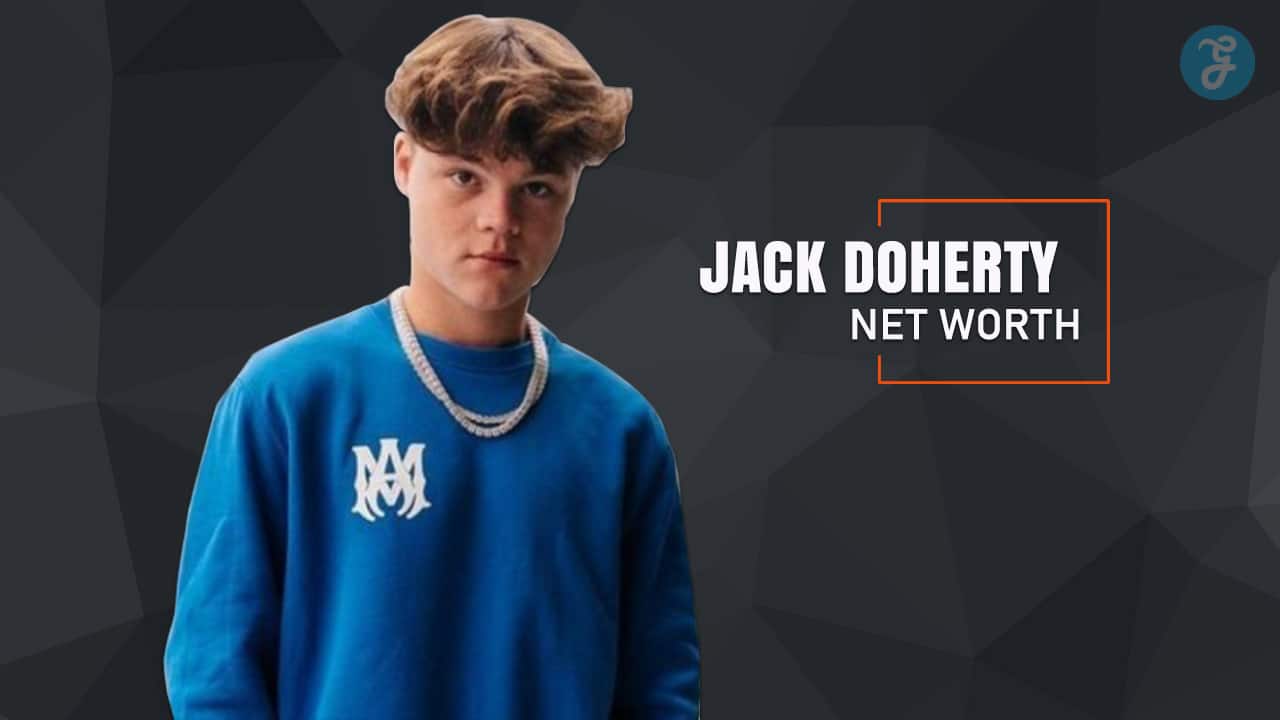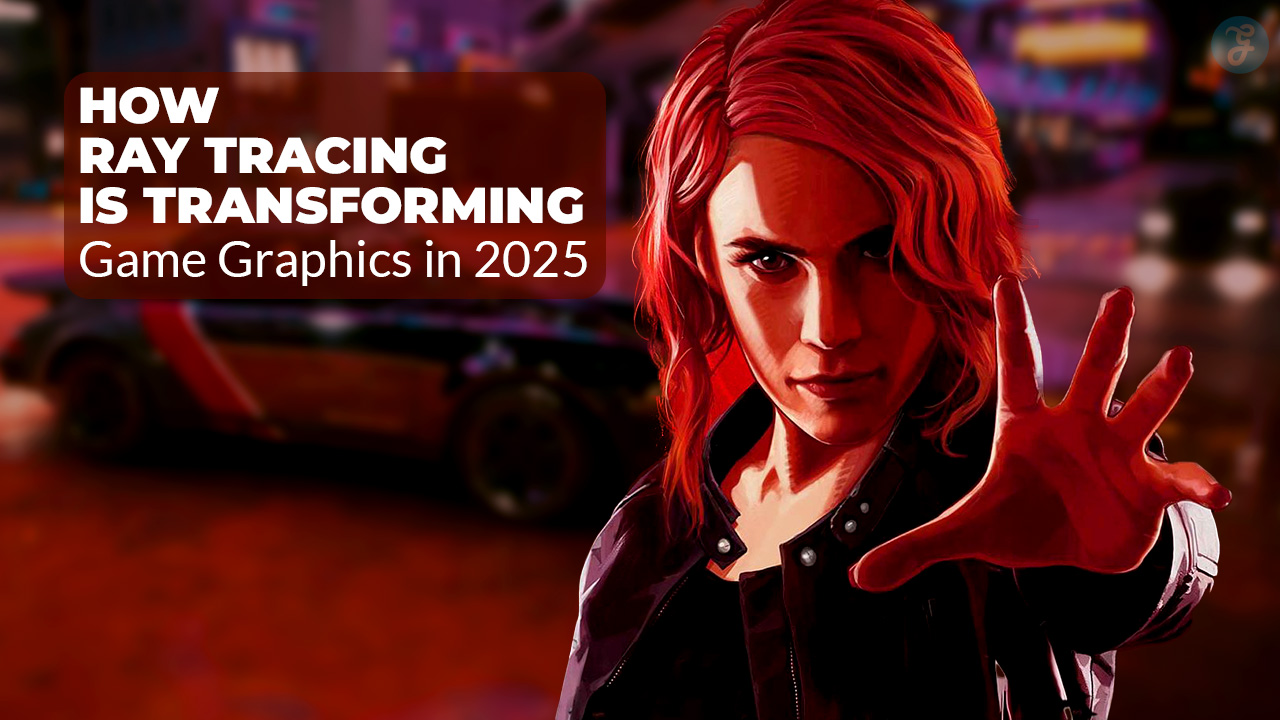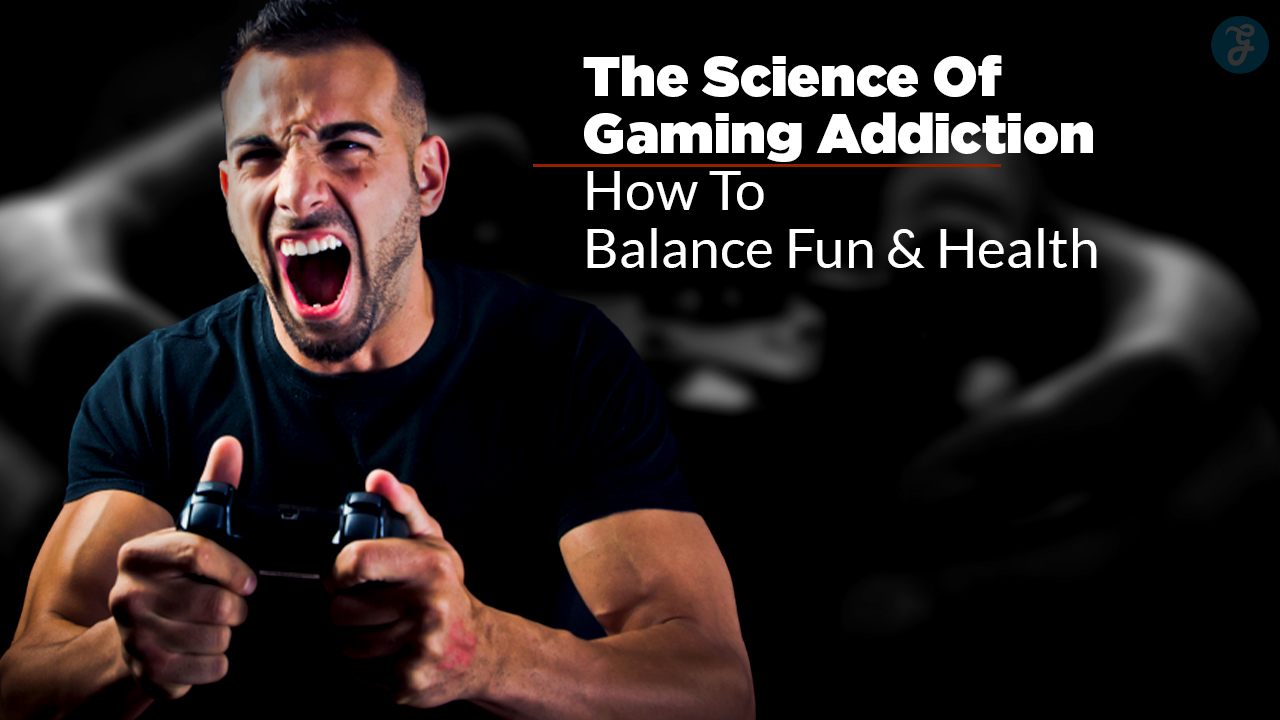In the ever-evolving world of investing, one phenomenon that continues to captivate investors and market watchers alike is the rise of “meme stocks” – stocks whose value is driven more by social media hype and online communities than by traditional financial metrics.
And at the center of this frenzy is once again the iconic GameStop.
On Sunday, May 12th, Keith Gill, better known by his online persona “Roaring Kitty,” reignited the meme stock craze with a simple illustration posted on Twitter (formerly known as X).
The image depicted a man bolting upright in his chair, a seemingly innocuous gesture that sent shockwaves through the investing community.
Gill, who rose to fame during the 2021 WallStreetBets phenomenon for his bullish stance on GameStop, has long been a digital folk hero among amateur investors.
His unwavering belief in the video game retailer’s potential, coupled with the power of social media, sparked a massive surge in GameStop’s stock price back then, punishing Wall Street institutions that had bet against the company.
The recent resurgence of interest in GameStop’s stock is part of a broader meme stock frenzy sweeping across the markets.
On Monday, GameStop’s shares briefly surpassed $36 – their highest level since August 2022 – and were halted multiple times due to volatility. The stock topped both Google and Twitter’s trending lists, a testament to the fervor surrounding it.
But what’s driving this renewed enthusiasm? According to experts, it’s a combination of factors. Firstly, speculative stocks tend to see increased activity when the economy is strong, and people feel more inclined to take risks with their disposable income.
Additionally, a symbolic conflict against Wall Street’s alleged control over the financial system, which is still relevant to many individual investors, fuelled the WallStreetBets craze.
However, it’s important to note that GameStop’s underlying business performance has been lackluster.
In March, the company slashed its workforce and reported lower year-over-year fourth-quarter revenue, facing stiff competition from online retailers and weak consumer spending.
Despite this, the power of social media and the collective enthusiasm of retail investors should not be underestimated.
Other meme stocks, such as AMC and Bed Bath & Beyond, have also seen significant price surges, further reinforcing the notion that online communities can influence stock market dynamics in unprecedented ways.
As the meme stock frenzy continues to unfold, it raises important questions about the role of social media in investing, the effectiveness of traditional financial metrics, and the potential for market disruptions.
While some investors may have made substantial profits, the long-term sustainability and collective impact of the meme stock phenomenon remain hotly debated.
One thing is certain: Keith Gill’s return to the spotlight has once again ignited the imagination of amateur investors, reminding us that in the world of investing, the unexpected can often become the norm.
The Information is Taken from Live Mint and Market Watch



